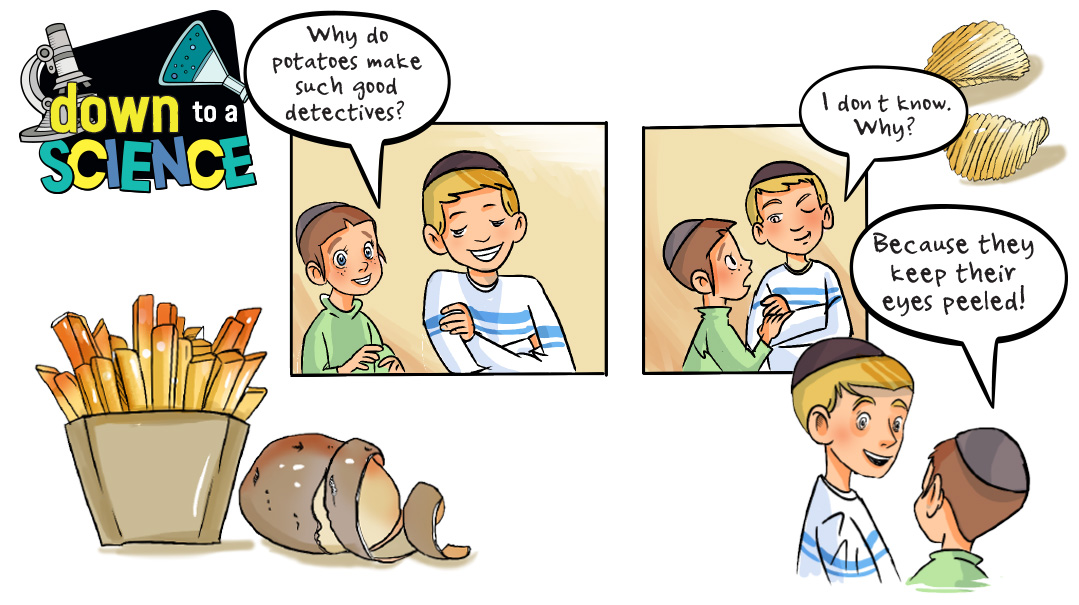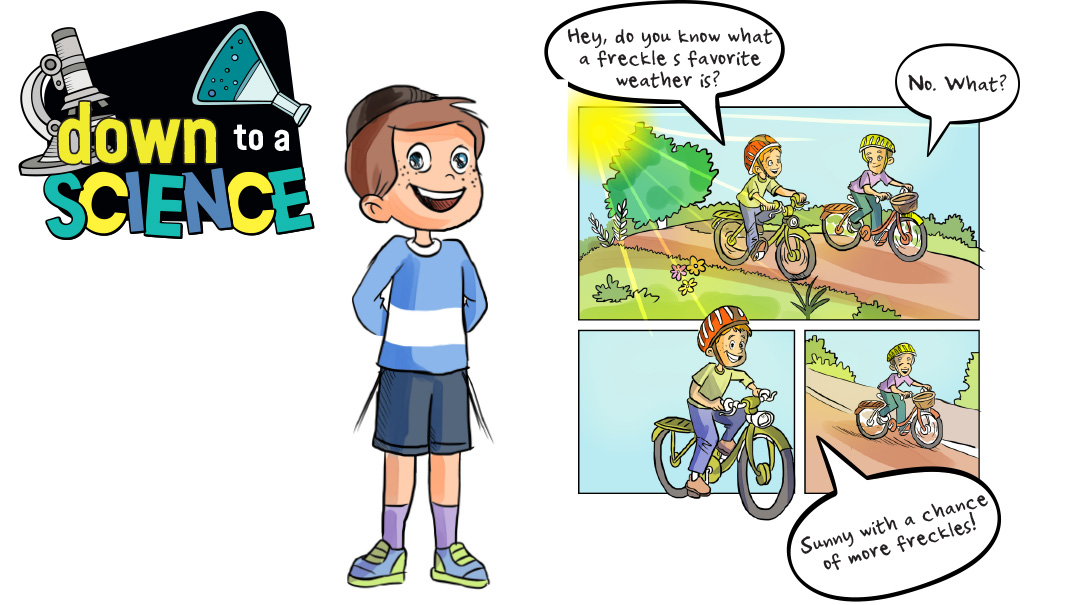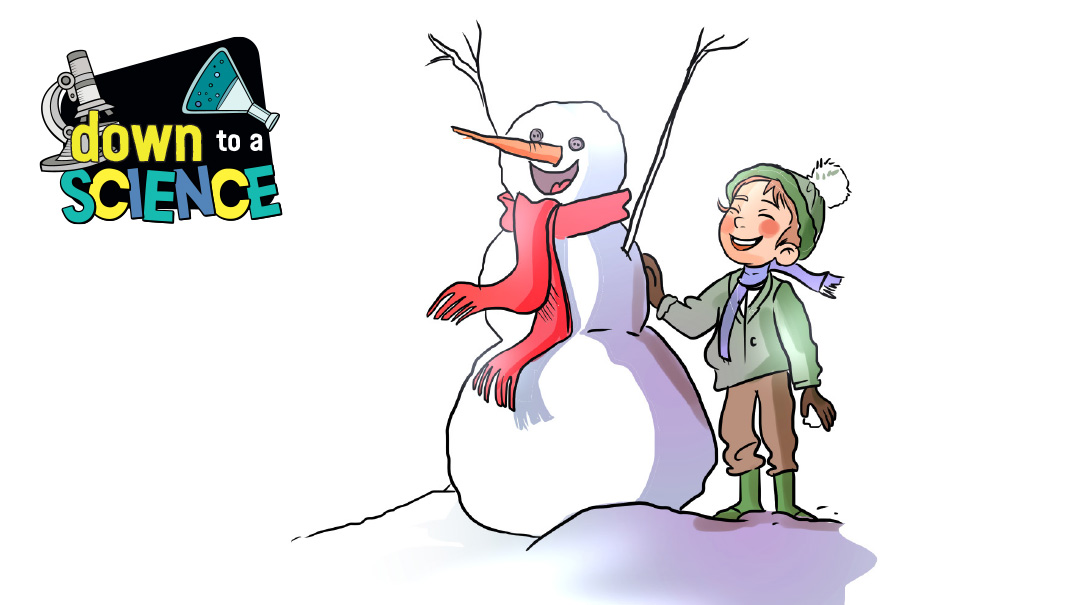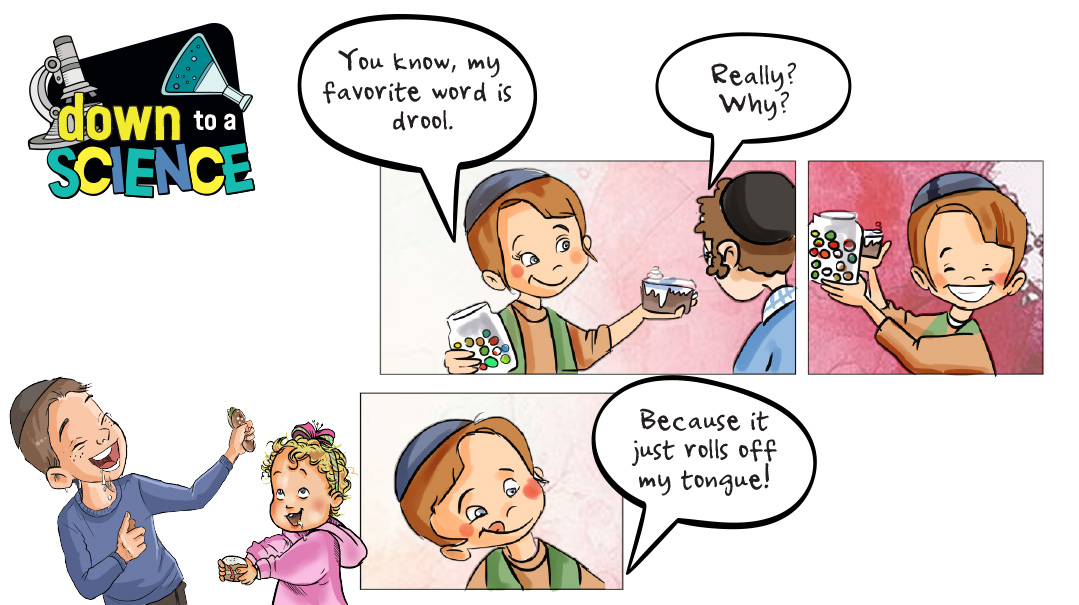Potatoes

The average American eats about 140 pounds of potatoes a year

Hello kiddos,
This is Professor Mordy Maven, Thinker, Wonderer, and Figure-Outer of all things Science-ish. What that basically means is I try really hard to figure stuff out. I do the hard work so you don’t have to!
You’ve probably noticed that it’s school time again, Yom Tov session is over, no more vacation for now. Sigh. Instead, we’ve got homework, rules, and teachers telling us that we can be anything we want to be. As long as we finish our homework first.
I was thinking about this as I ate my French fries. The truth is that I can’t actually be anything I want to be. For instance, I can’t drive an ice cream truck because I don’t have a license. I can’t fly (trust me, I’ve tried), and I can’t even stay up all night because my mother doesn’t let me.
That was kind of depressing. I decided to find myself a role model, an example to inspire me that I can be or do amazing things, and I shouldn’t let anyone get in my way. And once I was thinking about that, I realized that, obviously, my hero is… the potato.
Oops! We could not locate your form.







